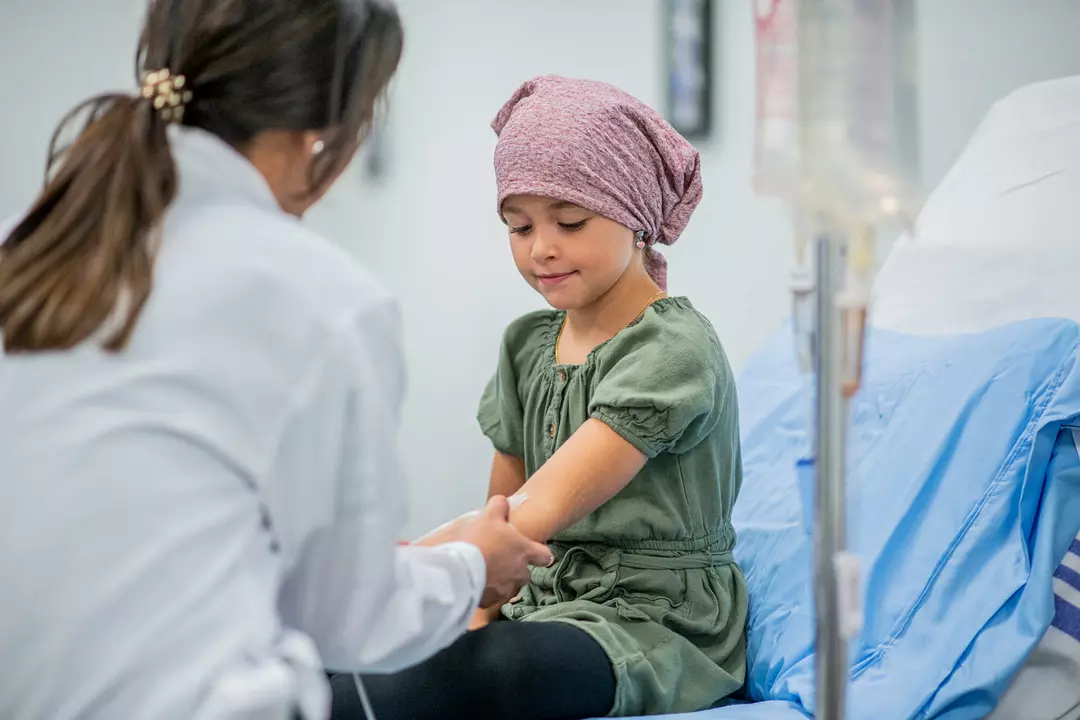Neuroblastoma: What Families Need to Know Right Now
Neuroblastoma is a cancer that starts in immature nerve cells, most often in babies and young children. It commonly begins in the adrenal glands (above the kidneys) but can appear along the spine, chest, or neck. If your child has unusual lumps, persistent belly pain, bone pain, or unexplained fever and weight loss, mention neuroblastoma to your pediatrician—it’s rare, but early steps matter.
Short, practical tip: if a lump or persistent symptom shows up, get a clear referral to a pediatric oncology center rather than managing it locally. Those centers have the tests and teams that know this disease well.
Diagnosis and staging
Doctors use a few standard tests to confirm neuroblastoma. Expect an ultrasound or CT/MRI to find a mass. Blood and urine tests check for tumor markers (like catecholamine breakdown products). A biopsy or bone marrow test confirms the diagnosis. Many centers also do an MIBG scan to see where the tumor has spread—this scan is very helpful for neuroblastoma specifically.
After diagnosis, the team assigns a stage and a risk group. Risk depends on the child’s age, tumor genetics (MYCN amplification, chromosome changes), and how far it spread. Risk groups guide treatment: low, intermediate, or high. Ask the team to explain the risk category in plain terms and how it affects next steps.
Treatment and what to expect
Treatment can involve one or more of these: surgery, chemotherapy, radiation, high-dose chemo with stem cell transplant, targeted therapy, and immunotherapy. Low-risk tumors sometimes need only surgery or observation. High-risk neuroblastoma usually needs intensive, multi-step treatment. That sounds scary, and it is tough—but modern protocols and supportive care have improved outcomes.
Side effects vary with treatment. Chemo causes nausea, low blood counts, and infection risk. Radiation can cause tiredness and skin changes. Stem cell transplant means a long hospital stay and close monitoring. Ask the team about growth, hearing, and hormonal effects after treatment—some kids need long-term follow-up for those issues.
Practical actions parents can take: keep a folder with all test results, medication lists, and contact numbers. Ask about clinical trials—neuroblastoma research moves fast, and trials may offer access to newer drugs. Also ask for genetic testing of the tumor (ALK, MYCN) because targeted drugs sometimes apply.
Long-term follow-up matters. Even after successful treatment, survivors need monitoring for late effects and possible relapse. Know the red flags: new bone pain, swelling, weight loss, or persistent fevers should prompt quick evaluation. Finally, lean on support—patient groups, social workers, and family counseling help families get through treatment and recovery.
Want to know what questions to ask the team? Start with: What is my child’s risk group? What are the treatment steps and timelines? What side effects should I watch for? Are there clinical trials or targeted therapies suitable for us? Clear answers will help you plan, manage care, and focus on your child’s needs.

